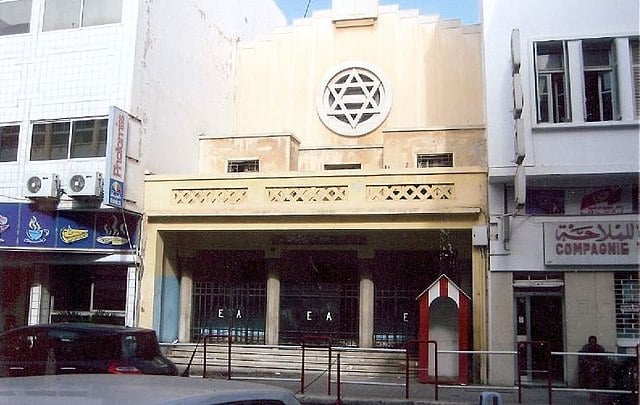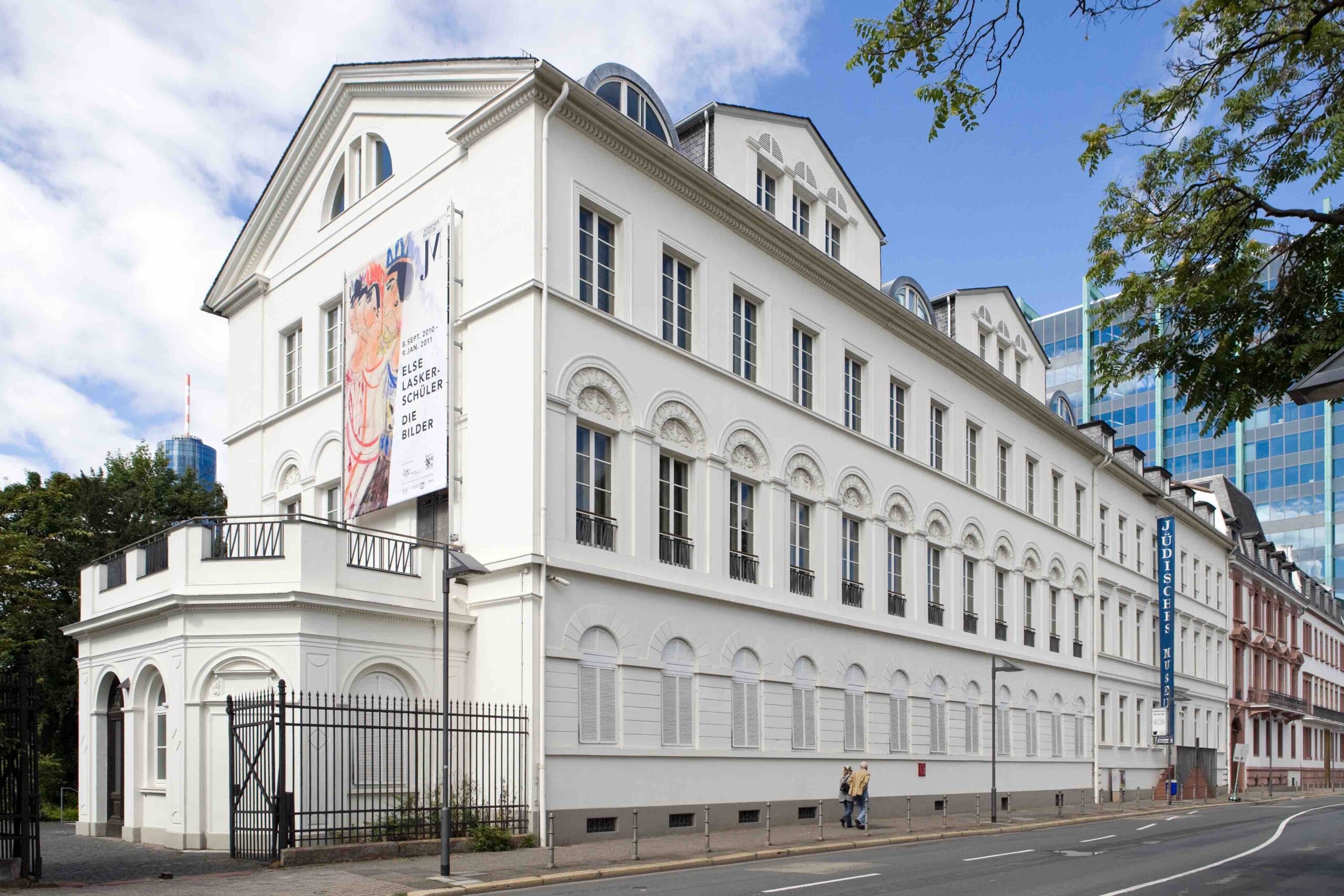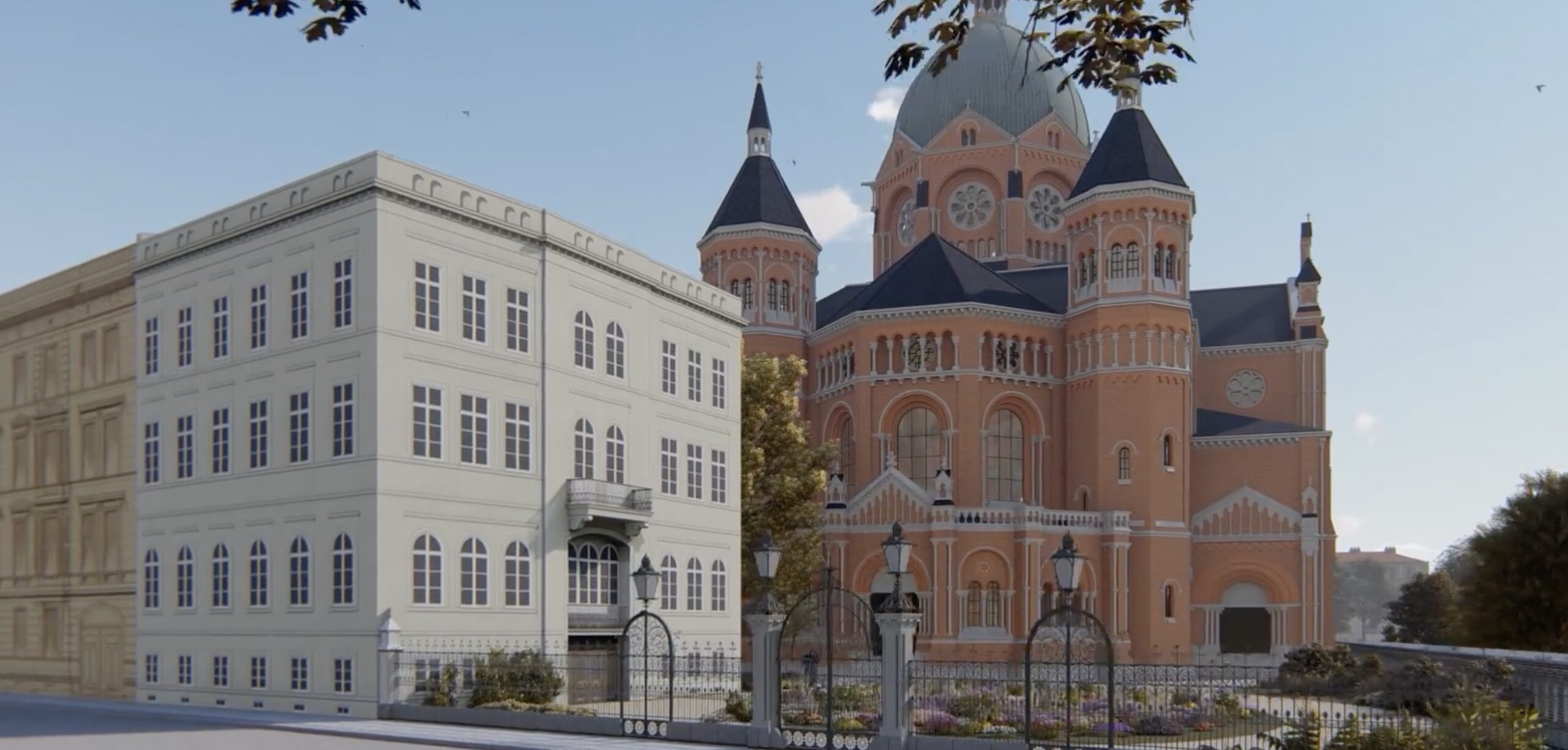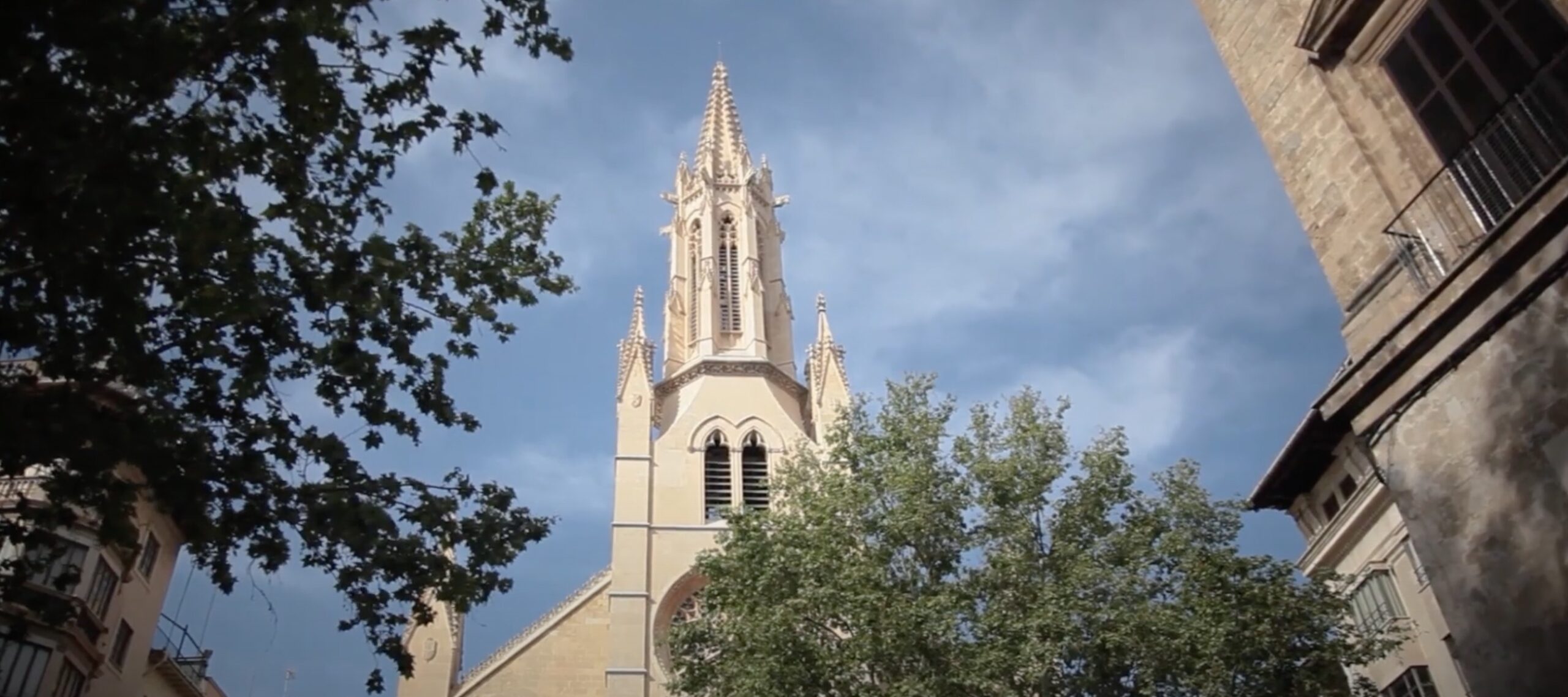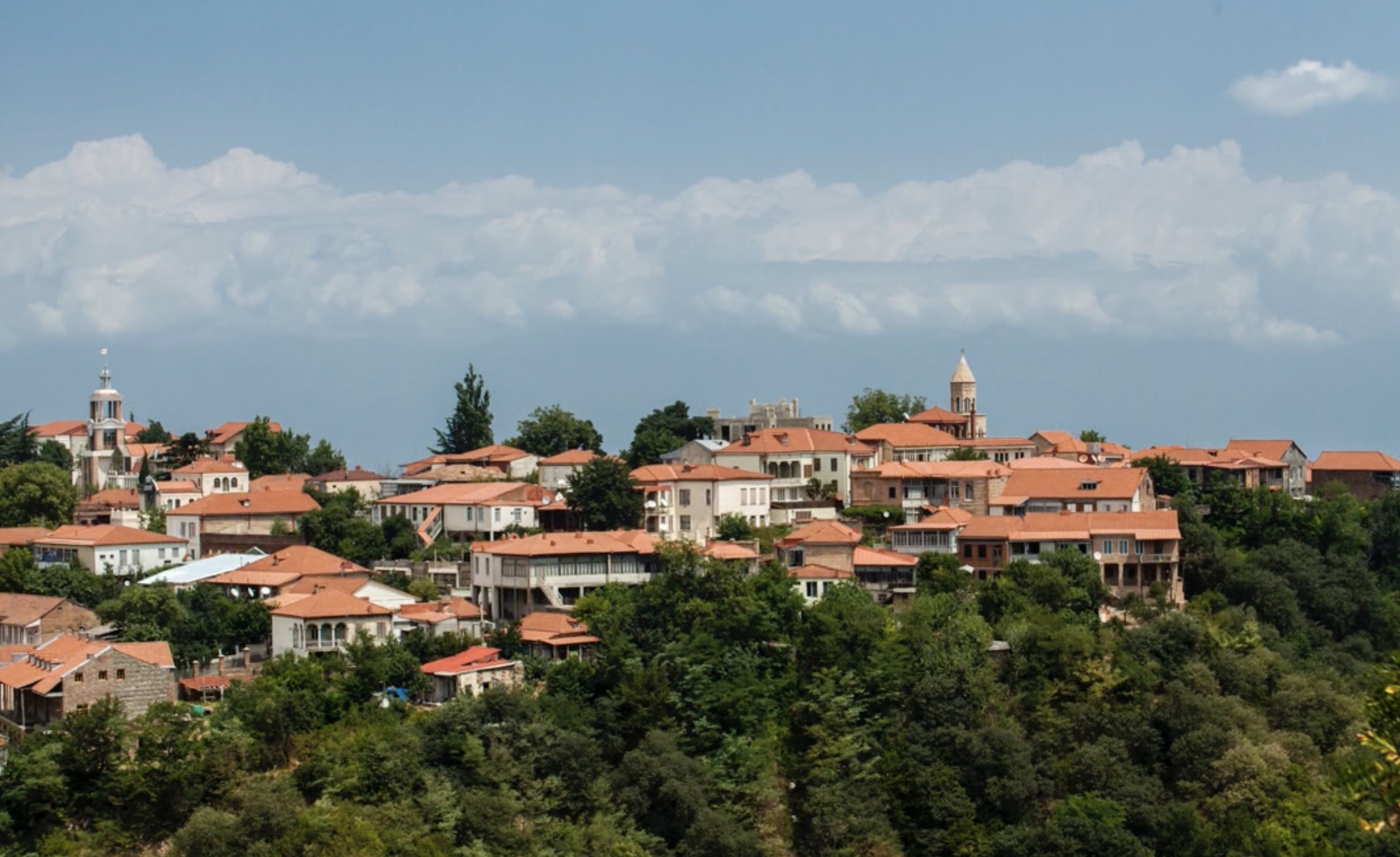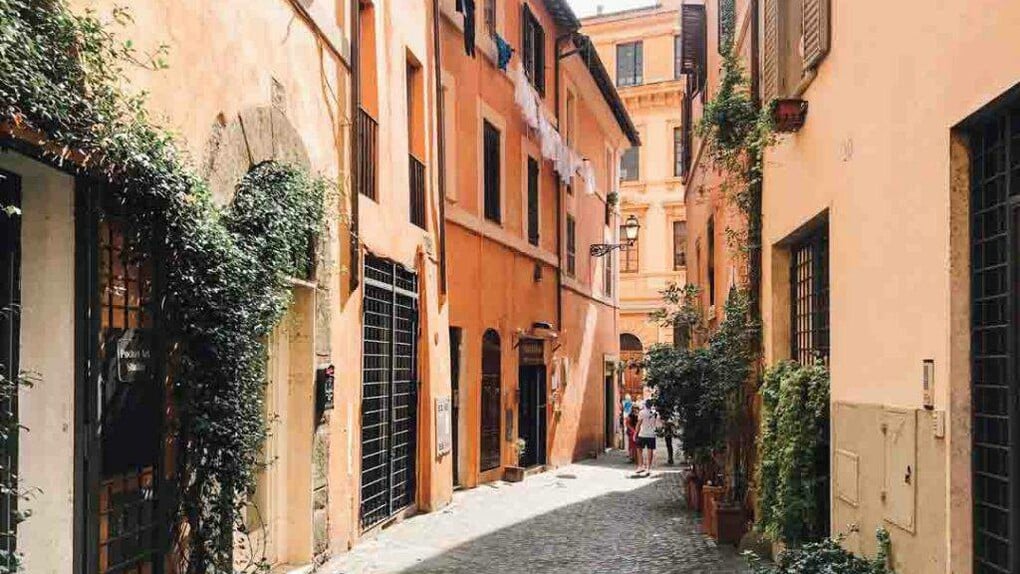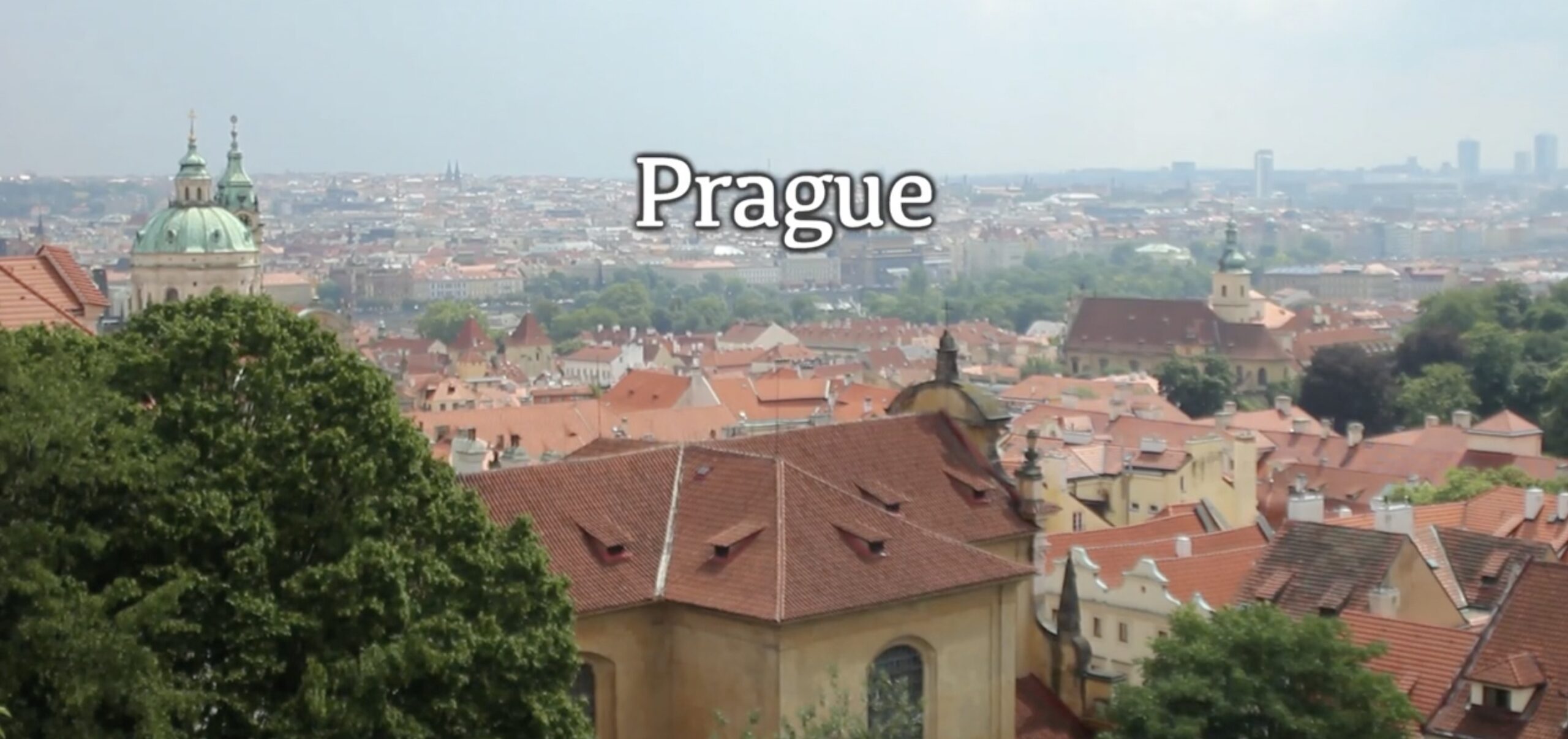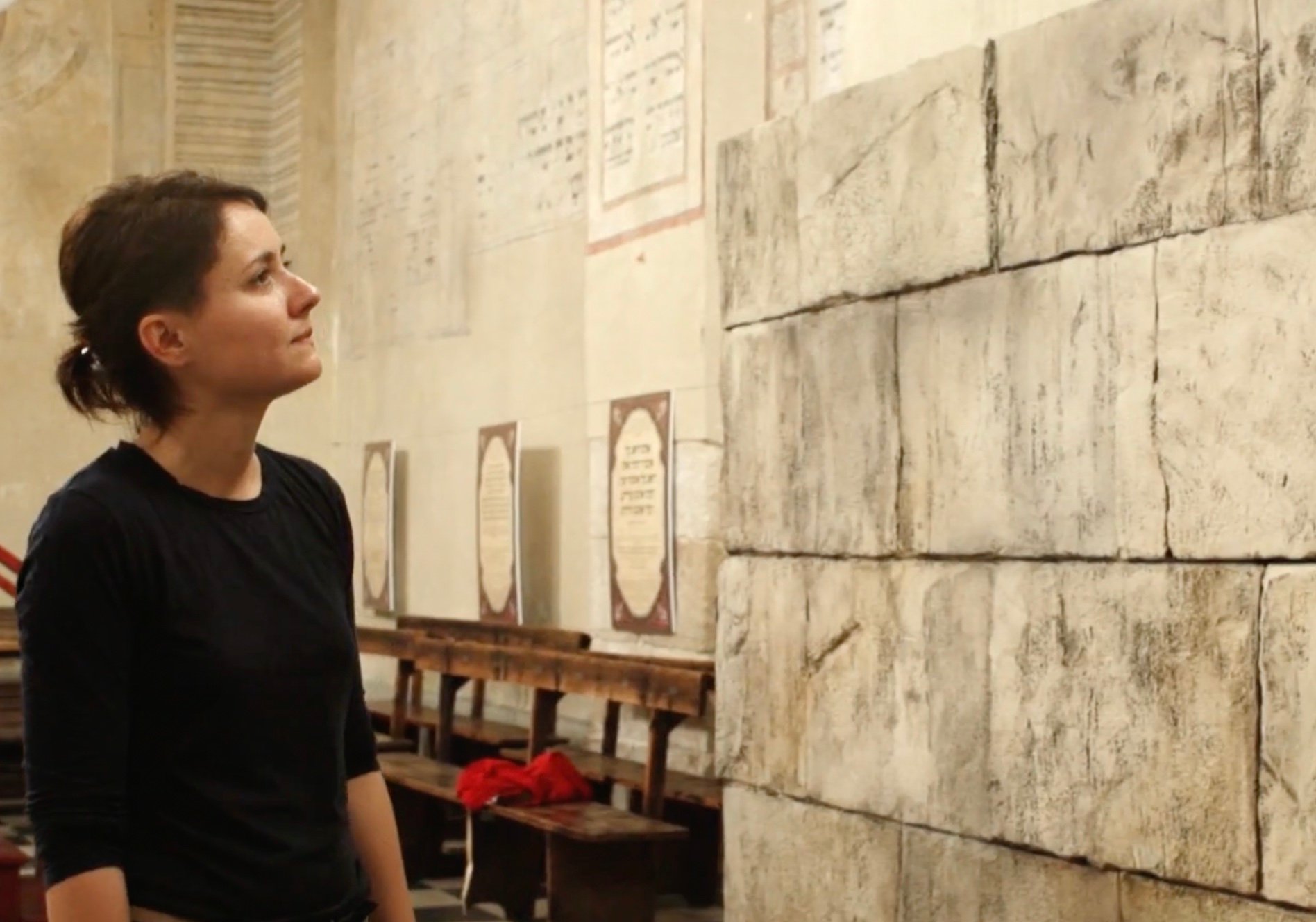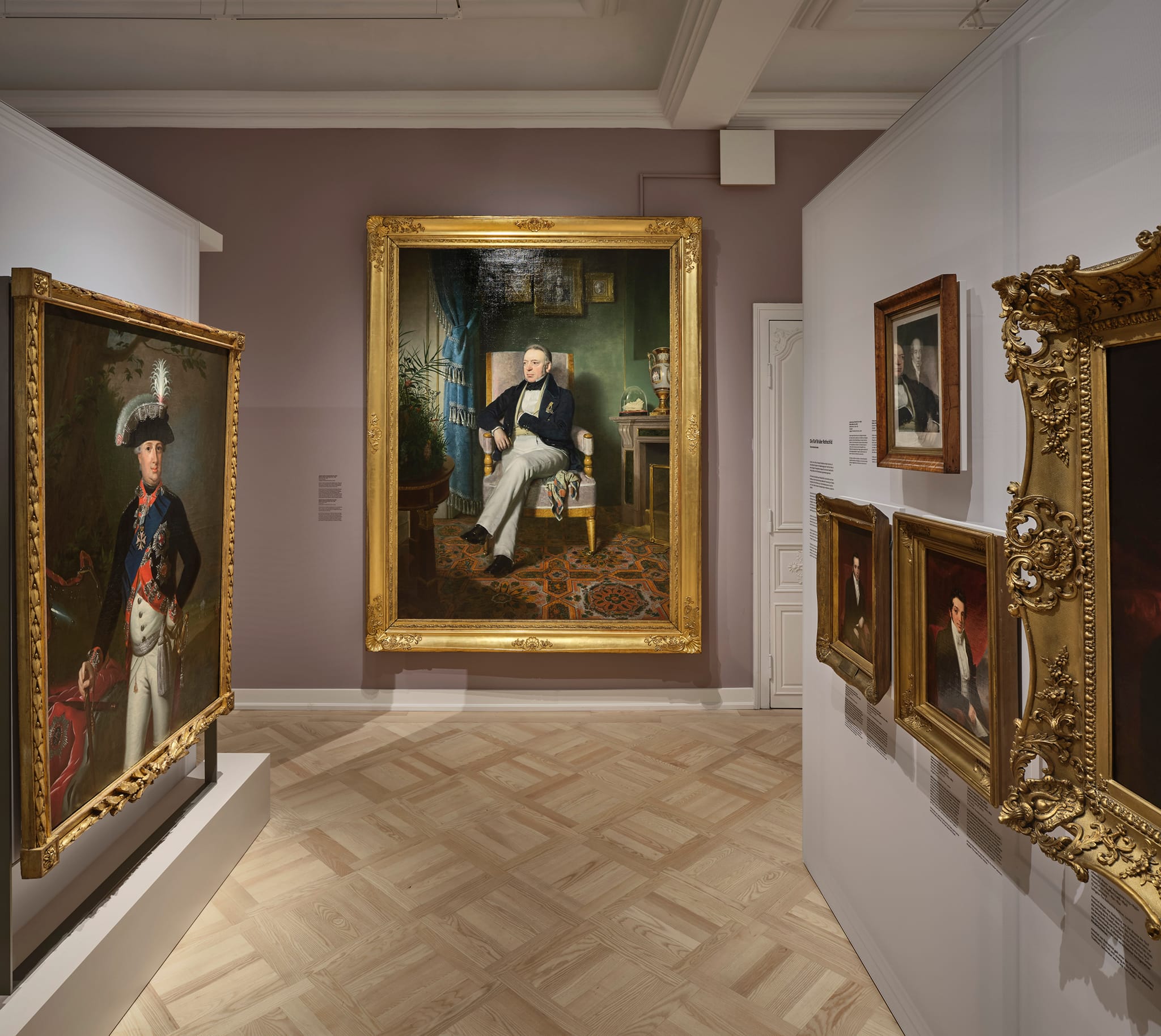During her trip, she encountered both sides of Tunisia’s Jewish heritage: the vibrant and colorful synagogues and communities of Djerba and Tunis, and the eerily empty synagogues and schools of the country’s interior such as in Matmata and Tatouine.See what she saw as you take your very own journey to Tunisia through this interactive Diarna exhibit.
The Bet Yaakov Synagogue of Tunis is a modest building on a narrow, pleasant little street, la Rue de Loire, in the center of Tunis. The Synagogue lies flush with the rest of the buildings on the street, and distinguishes itself as a religious site only by a decorative Star of David on its facade, and a Hebrew inscription above the door, בית ׳עקב, Bet Yaakov. The inside of the building is similarly modest, and quite small, especially when compared to more grandiose Tunis synagogue constructions like the Great Synagogue of Tunis, consecrated in 1938.
The Matmata, who became famous for their troglodyte habitats, were a tribe that Jews were actively involved in for a very long time. The Jewish community at Matmata developed and adopted the local habitat mode and installed a semi-troglodyte synagogue that still remains today. It is built in local stone and half-buried into the earth, with its integration into the astonishingly barren landscape of the valley punctuated with cavities being remarkable. The synagogue is only identifiable by the skylight, which acts as a portal to the space underground.
Archives: Directory listings
Directory listings
Jewish Museum Frankfurt
In 1462 the Jewish community of Frankfurt was forced to move to a newly created quarter: The Judengasse was the first Jewish ghetto in Europe. By the early seventeenth century its population had grown to around 3,000. Frankfurt developed into one of the most important Jewish centers in Europe.
New Synagogue in Breslau
Erected from 1865 to 1872, the New Synagogue was located almost at the very heart of nineteenth century Breslau [today’s Wrocław]. The building was razed to the ground in 1938. The monumental synagogue was designed by Edwin Oppler, one of the first Jewish architects, and it reflected the emancipatory strivings of Breslau’s Jewish community. The history of its construction reveals an intriguing yet virtually unexplored account of a rivalry that involved three major religious communities, each of which tried to outdo one another with a larger and more opulent place of worship. Catholics, Protestants and Jews took concurrent initiatives to build their impressive sacred buildings.
The Secret Jews of Majorca Virtual Tour
Discover the hidden Jewish history of the island of Majorca.
Experience the 90 minute tour divided into 18 episodes.
Receive a personal link and password to access tour.
Enjoy yourself or send as a gift to whomever you like.
Contribute to our project with a donation of 18 € or more.
Jewish Tiblisi
A visit to Georgia, where Jewish traders plied their wares for centuries along the ancient Silk Road. We find a small Jewish community in a friendly country. Our journey took us through the mystical Caucasus mountains, the Black Sea, and Tiblisi, the capital city and home to most of Georgia’s Jews.
Jews of Rome
A visit to the most ancient Jewish community in the Western World For over 2000 the Jews of Rome have endured hardship , discrimination and confined to live in a ghetto. Today, there is a small but vibrant community, much of it’s life – cultural, religious and culinary – centered in the former ghetto of Rome.
Jewish Prague Virtual Tour
Videos about Jewish life and heritage from around the world. The history of the Jews in Prague is one of Central Europe’s oldest and most well-known. Prague boasts one of Europe’s oldest recorded Jewish communities, first mentioned by a Mizrahi-Jewish traveller Ibrahim ibn Yaqub in 965. Since then, the community never ceased to exist, despite a number of pogroms and expulsions, the Holocaust, and subsequent antisemitic persecution by the Communist regime in the 20th century. Nowadays, the Jewish community of Prague numbers approximately 2,000 members. There are a number of synagogues of all Jewish denominations, a Chabad centre, an old age home, a kindergarten, Lauder Schools, Judaic Studies department at the Charles University, kosher restaurants and even a kosher hotel. Famous Jews from Prague include the Maharal, Franz Kafka, Miloš Forman and Madeleine Albright.
Krakow’s Jewish Heritage
Krakow, once home to a great Jewish culture, is witnessing a rebirth of Jewish life. Only 60 miles from Auschwitz, the city’s Jewish quarter has been restored and is alive with many activities. There is a JCC, a new Jewish museum, university program, and Jewish festivals. This short film features the “7@nite festival” in Krakow’s seven synagogues, one of many JDC programs in Poland to restore Jewish life and culture.
Warsaw’s Jewish Renewal
The inspiring story of Jewish renewal in Poland. In the country where Jewish life was eradicated by the Holocaust and the remnants went underground during the Communist era, Jewish life has began a remarkable recovery in Poland. The video features a weekend studyfest, called Limmud (learning in Hebrew), which brought almost 1000 Jews to its gathering in Warsaw. Organized and sponsored by JDC.
Jewish Museum of Frankfurt
This media guide will help you get to know the Jewish Museum Frankfurt and its permanent exhibition “WE ARE NOW. Jewish Frankfurt from the Enlightenment to the Present,” now presented in an original location: the Rothschild family’s historic place of residence. Spread over three floors and approximately 15,000 square feet of exhibition space, the exhibition narrates the story of the Jews in Frankfurt from the Enlightenment and their emancipation around 1800 to the present day. This exhibition ties in with the permanent exhibition in the Museum Judengasse, which focuses on everyday Jewish life in Frankfurt in the early modern period.
Our media guide offers 90-minute and 60-minute tours in German and English. You can also access tours in sign language and simple language, as well as tours tailored for the visually impaired (only available in German).
